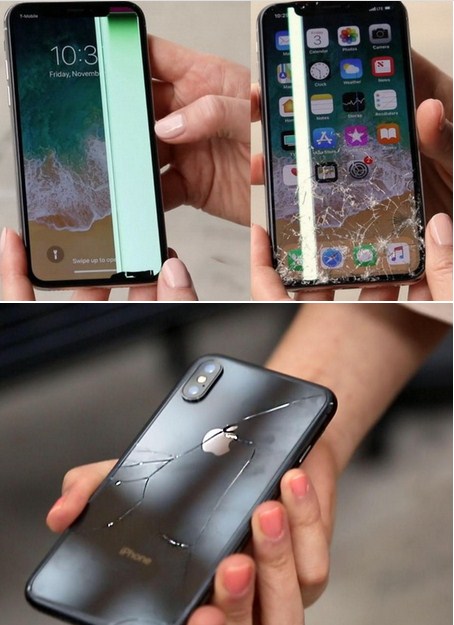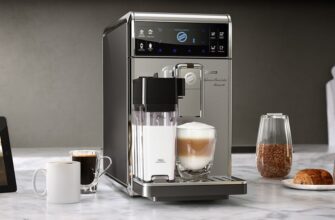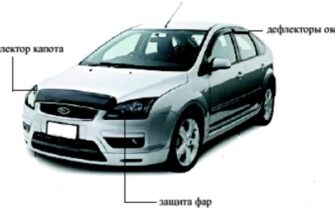Twisted pair - the type of cable used for transmitting information, It consists of one or more pairs of wires twisted together in order to eliminate the influence of electromagnetic interference and interference, also known as the Ethernet-cable. The inventor of the cable is Alexander Graham Bell.
Buy Twisted Pair Cable you can in the online store of the company DEPS. Он применяется в телекоммуникационных соединениях и компьютерных сетях, currently most commonly used in analog telephony and Ethernet networks. Twisted pair is used for transmission of both analog, and digital data.
Types of twisted pair
Ethernet-cable is unshielded (The / UTP), экранированный фольгой (с дополнительными пленочным покрытиями ) (F / UTP и U / FTP) and a metal mesh (SF / UTP, S / FTP and SF / FTP). Метод маркировки кабелей витая пара описан в ISO / IEC 11801: 2002. В стандарте говорится, the wires must have a description of xx / yyTP, where xx refers to the entire wire, and yy describes one pair of wires (eg, UTP – unshielded pair). Used xx and yy:
- The – unshielded.
- F – shielded film (foil).
- S – shielded grid.
- SF – shielded with foil and mesh.
The main types of cables
- The / UTP (ранее UTP ) – unshielded twisted pair.
- F / UTP (ранее FTP ) – twisted, twisted pair.
- S / UTP – twisted pair with shielding grid.
- SF / UTP (ранее STP ) – Shielded Twisted Pair with foil and mesh.
- The / FTP – twisted pair with each pair on a single screen foil.
- F / FTP – Twisted cable pairs where each pair is further shielded by foil.
- S / FTP (ранее SFTP ) – wherein each pair of twisted pair shielded foil additionally on the grid screen.
- SF / FTP (ранее S-STP ) – twisted pair cable in which each pair is shielded foil and mesh.
Classes twisted pair
Class twisted pair according to European standard EN 50173:
- class A (category 1) – telephone network with a bandwidth of up to 100 kHz;
- class B (category 2) – cables for telephone networks and terminal servers bandwidth to 1 MHz;
- class C (category 3) – It is most commonly used in telephone networks, frequency band is used to 16 MHz;
- class D (category 5 / 5e) – It is most often used to create a local area network, It includes communication using a frequency band up to 100 MHz;
- class E ( category 6 ) – extension of ISO / IEC 11801 / Soils, Permission to 1999 year, It includes cables with capacity of up to 250 MHz ( capacity 200 Mbps / with). Предусматривается внедрение Gigabit Ethernet (4x 250 MHz = 1 GHz) and ATM-transfer 622 Mbps / with;
- класс E A ( категория 6A ) – введен с классом F A по ISO / IEC 11801 2002, bandwidth to 500 MHz;
- class F (category 7), described in ISO / IEC 11801 2002: 2. Можно реализовать сети с полосой пропускания до 600 MHz. With cables of this class can implement a data transmission system with speeds exceeding 1 Gb / with;
- класс F A (category 7A) – introduced ISO / IEC 11801 2002: 2 correction 1. The bandwidth to the frequency 1000 MHz; позволяет достигать скорости до 100 Gb / up to 15 m i 40 Gb / up to 100 m;
- class I (category 8.1) – developed (described in ANSI / TIA-568-C.2-1, ISO / IEC 11801 3rd Ed.) using a band 1600-2000 MHz; transmission speed> 40 Gb / with;
- class II (category 8.2) – using a band 1600-2000 MHz.
- category 4 – for quick LANs, It includes communication using a frequency band up to 20 MHz.
_












